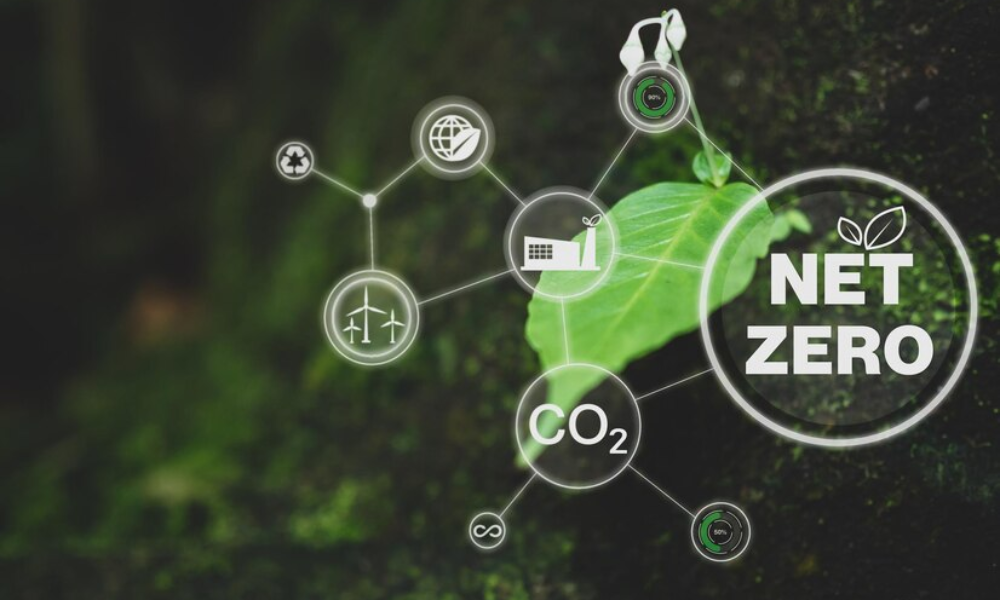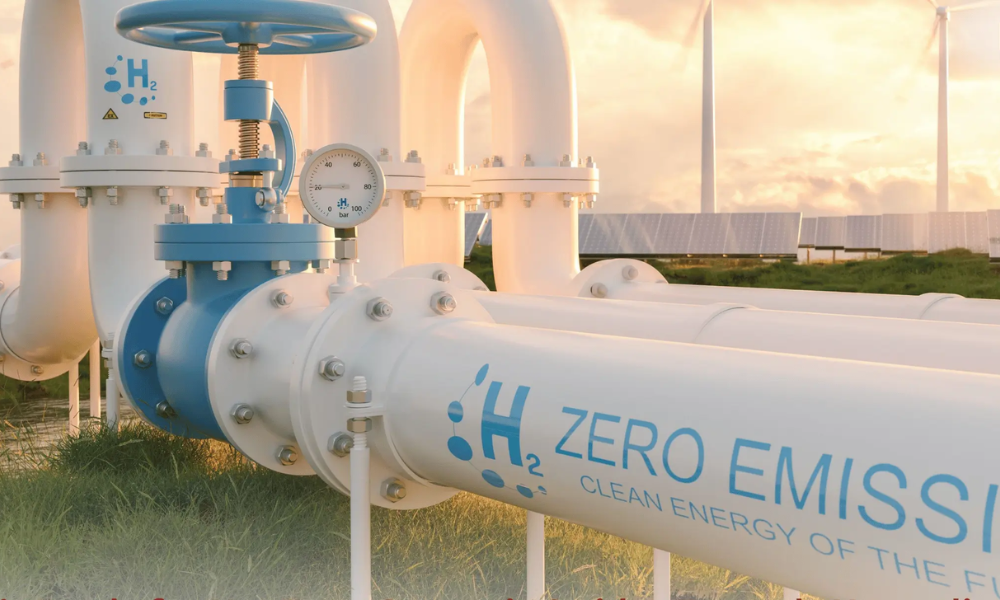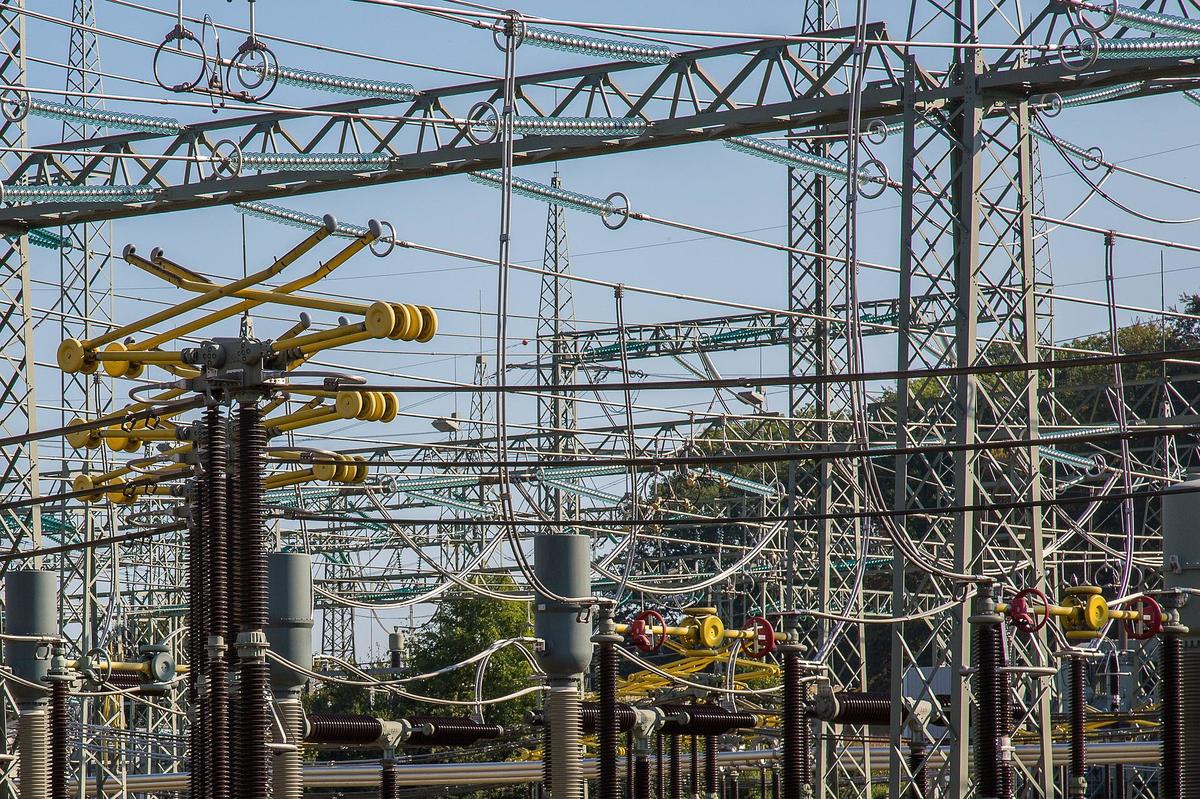India has set itself an ambitious goal of reaching net zero emissions by 2050, which aligns with global efforts against climate change. While this goal is commendable, India faces significant obstacles when trying to meet it; transitioning towards a carbon-neutral economy presents unique obstacles that need to be carefully managed. And there are a number of daunting hurdles on its journey towards net zero emissions. Its commitment and potential to lead global transformation to a sustainable future cannot be understated. Check out the blog to learn about the difficulties India is having attaining Net Zero.
Challenges in India’s Journey to Net-Zero Emissions

Energy Demand and Fossil Fuel Dependence
India’s rapid population and economic development has resulted in an unprecedented surge in energy demand. At present, over 70% of India’s electricity generation relies on coal. India’s energy sector is currently facing a considerable challenge as it attempts to transition away from coal – an easily available and relatively affordable fossil fuel source. Such transition requires substantial investments in renewable infrastructure, grid modernization, and innovative solutions in order to meet its rapidly increasing energy demands. India ranks second globally in coal consumption with annual consumption estimated at roughly one billion tons; due to this high reliance on coal consumption and emissions, it ranks third behind China and the US as an emitter of greenhouse gases.
The government has unveiled plans to gradually phase down coal-fired power plants and retire old and ineffective ones. To do this, the Ministry of Power has set an aim of reducing their carbon footprint by around 17% by 2024 through installing advanced emission control technologies and improving plant efficiency.
Moreover, India has introduced programs like the Green Energy Corridor project (aimed at strengthening transmission infrastructure for renewable integration), and National Smart Grid Mission (focused on modernizing power grid efficiency and reliability). To meet these needs.
According to the International Energy Agency (IEA), India’s energy demand could grow nearly 50% by 2040 with most of that increase coming from industrial and residential sectors.
Socioeconomic Factors and Energy Access
Ensuring widespread access to clean energy while achieving net-zero emissions involves balancing energy poverty, sustainable development, and effective climate change measures. Opacity hinders economic growth, education, and well-being, especially in rural regions. Energy poverty must be addressed to improve poor populations’ living conditions and gain support for climate action.
Failure to address energy poverty and ensure affordable access to clean energy sources could lead to backlash against climate policies that hinder economic growth or raise energy costs for vulnerable groups, undermining efforts to transition to a low-carbon economy and reach net zero emissions.
Transformation of the Energy Sector
Renewable energy sources are integral to mitigating global greenhouse gas emissions, accounting for 28% of worldwide electricity generation (Source: IEA). Integrating more renewables requires developing large-scale energy storage technologies and modernizing electricity grids.
In 2023, the United States made significant investments to modernize their power grid (Source: Department of Energy). Policy reforms, financial incentives and public-private partnerships must also be established to hasten adoption of renewable energy technologies to reach an economically sustainable, low carbon energy future.
Implement Carbon Capture Technologies
Carbon Capture and Storage (CCS) technologies capture carbon emissions from sources like power plants and factories before storing it underground or using it industrially, offering enormous potential for decarbonizing hard-to-abate sectors like cement and steel production. Substantial investments in research, development and pilot projects are critical for improving efficiency while cutting costs; supportive policies such as carbon pricing may encourage industries to adopt CCS solutions voluntarily. Although not a silver bullet solution to climate change mitigation across various industrial sectors, CCS must form part of an overall comprehensive strategy in order to reach net zero emissions while mitigating climate change impact across various industrial sectors.
Focusing on social and political realities
Achieving net zero carbon requires considering all aspects of global socio-political realities that shape the global economy, such as issues related to environmental justice, poverty, equity, fairness, and cooperation among nations. Meeting these challenges requires practical consideration, extensive engagement, and viable solutions.
Research and Development
India lacks the technology and infrastructure needed for such a massive transition to clean energy and sustainability. New technologies like green hydrogen production and deployment, carbon capture storage systems, and advanced battery storage systems will play a crucial role but require significant research and development expertise.
To solve this difficulty, India has created specialized research institutes, partnered with academic institutions, and commercial sector partners to stimulate sustainable energy technology innovation. India’s Department of Science and Technology has also financed several battery storage, carbon capture, and other sustainable energy initiatives. India’s Renewable Energy and Energy Efficiency Policy (REEEP) emphasizes R&D to promote sustainable technology uptake and accomplish aggressive renewable energy objectives.
Financial Resources and Investing
Transitioning to a net zero economy requires substantial financial resources. India will require extensive funds to fund renewable energy projects, energy efficiency initiatives, and the deployment of new technologies. Attracting domestic and international investments and tapping climate finance mechanisms is paramount, yet India must ensure an equitable and fair transition process.
Policy and Regulatory Frameworks of Interest
Reaching net zero emissions requires a comprehensive policy and regulatory framework that incentivizes sustainable practices while aiding in greenhouse gas emissions reduction. India should create and implement robust policies that support renewable energy adoption, energy efficiency improvements, and sustainable transportation while addressing issues like land acquisition, grid integration, and fossil fuel subsidies as necessary. Establishing effective governance structures across sectors and jurisdictions will be paramount.
Public Awareness and Behavior Change
Reaching net zero emissions requires not only technological or policy solutions; it also requires widespread public awareness and behavioral change. Promoting sustainable lifestyles, encouraging energy conservation, and incentivizing sustainable practices are integral parts of India’s climate action strategy; engaging communities, raising awareness, and creating incentives will all play a part in ensuring public support for this transition to a low-carbon economy.
Overcoming these obstacles in achieving India’s contribution towards net zero carbon emissions requires an integrated, collaborative effort among government, private sector, civil society and international partners. India should take advantage of its strengths.
In the Nutshell
Investment in research and development, green technologies, cross-sector partnerships, and knowledge sharing will all play a part in India’s transition towards a net zero emissions future. Furthermore, international cooperation and knowledge sharing can play a pivotal role in providing access to necessary resources, technologies, and best practices that can help overcome any potential hurdles on this path.
If you are looking for expert guidance and innovative solutions for your sustainable energy projects, reach out to Hartek Group today to explore how we can help you achieve your green energy goals.
By confronting challenges head-on and adopting an inclusive and comprehensive approach, India can ensure its citizens enjoy prosperous yet eco-sustainable lives, and the planet at large will benefit as a result.
FAQ’s:-
1. What is net zero emissions, and why is it important for India?
Net zero emissions mean balancing emitted greenhouse gases with removal. For India, it’s key to sustainability and combating climate change.
2. What challenges does India face in achieving net zero emissions?
India faces hurdles like high coal dependency, energy demand, financial constraints, and the need for advanced clean energy technologies.
3. How can India transition from fossil fuels to renewable energy?
India must invest in renewables, grid modernization, energy storage, and policy reforms to reduce dependence on fossil fuels.
4. What role does carbon capture technology play in India’s net zero goal?
Carbon capture helps reduce industrial emissions, making hard-to-decarbonize sectors like steel and cement more sustainable.
5. How can public awareness contribute to achieving net zero emissions?
Educating people on energy conservation, sustainable practices, and policy support can drive a low-carbon transition in India.
Share:
Explore More
Keep up-to-date with the most trending news stories that are shaping the world today.








